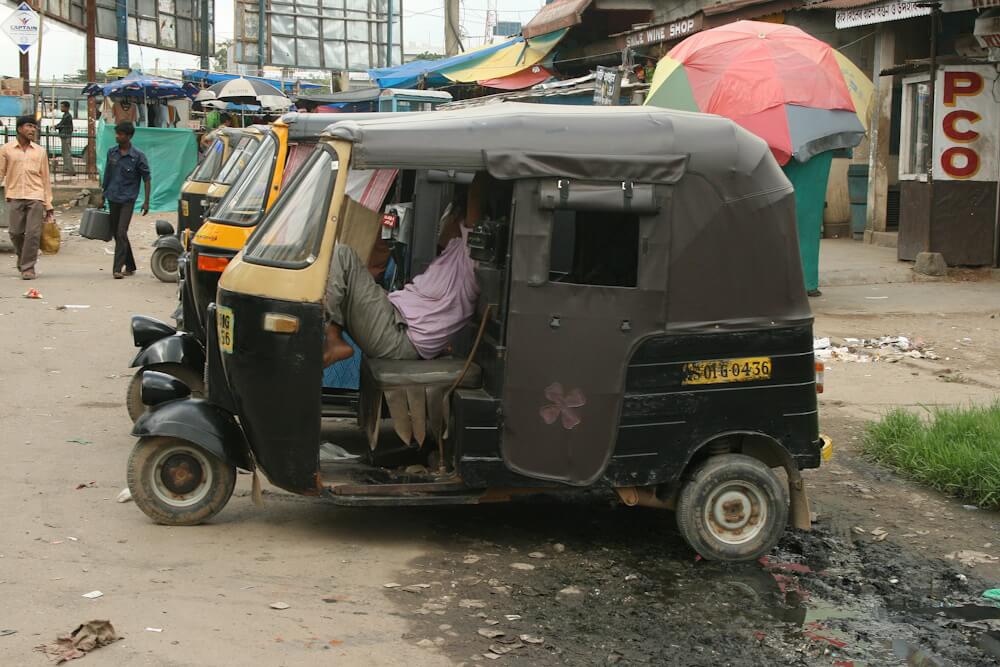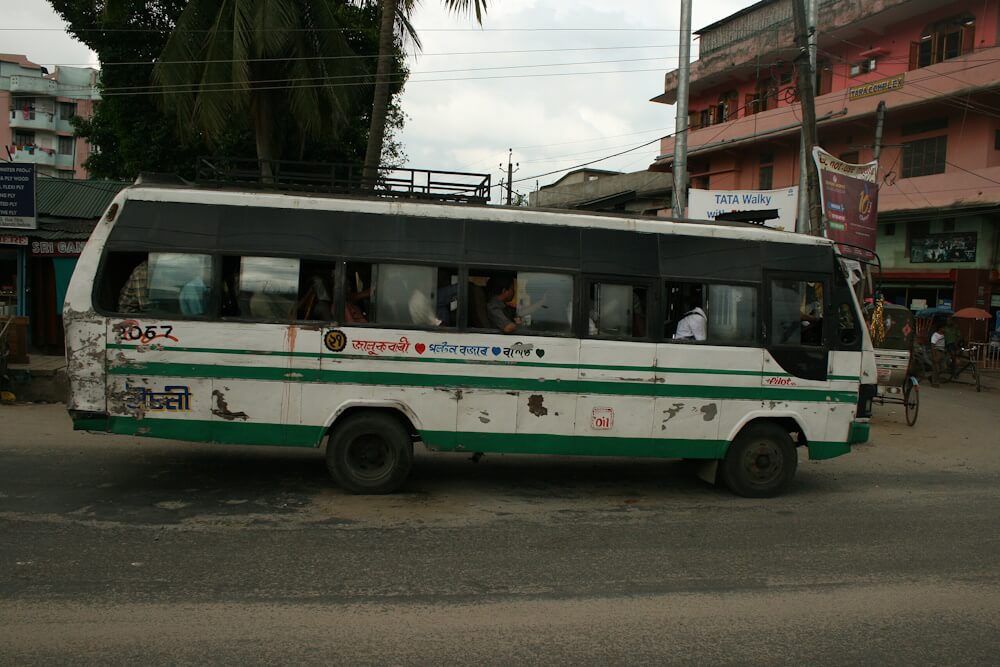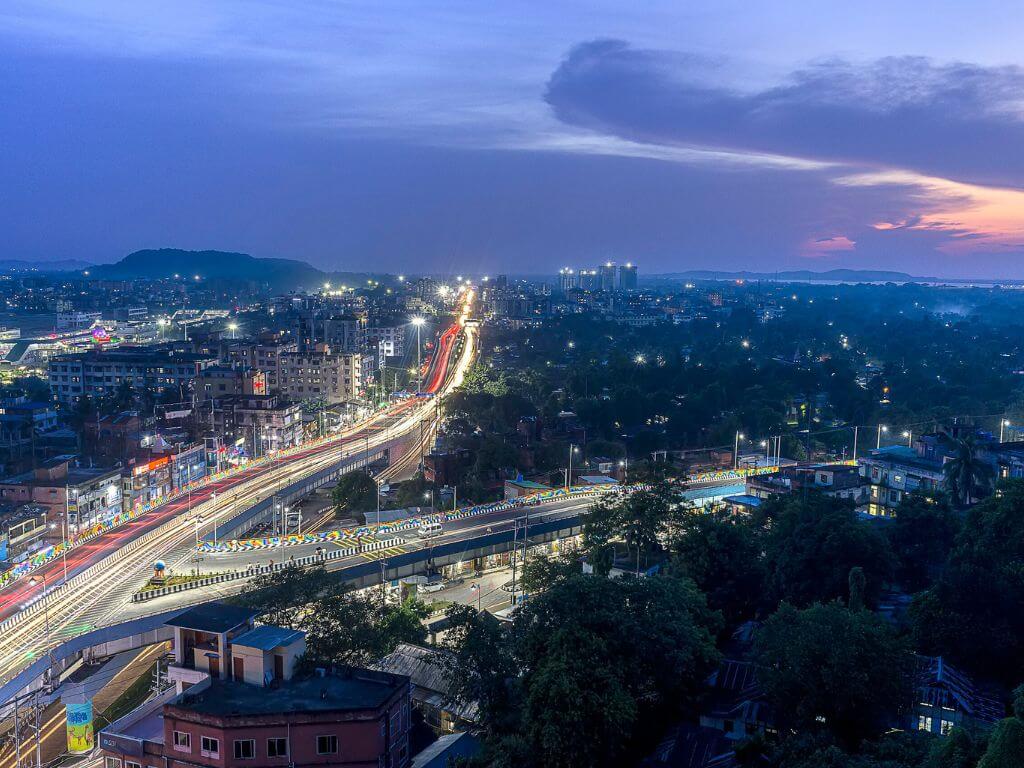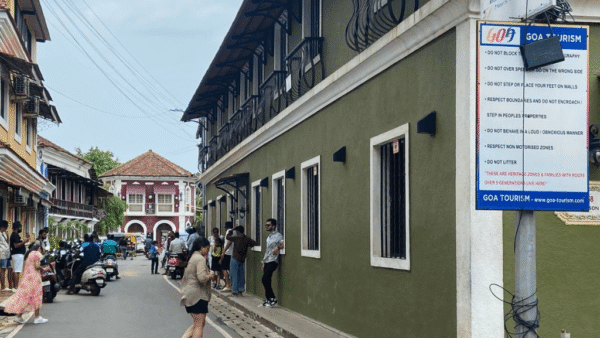On January 1 this year, the Assam Government unveiled an ambitious plan featuring eight Iconic Ticket Projects to be launched through the year. These projects, which include flyovers, aim not only to address various issues but also to propel the state’s GDP from Rs 5.65 lakh crore last year to Rs 6.38 lakh crore in 2024. Among these initiatives is the Dighalipukhuri to Noonmati Flyover, a 5.44 kilometre elevated corridor projected to be completed by 2026 at an estimated cost of Rs 852 crore.
A month later, the foundation stone for another flyover was laid by the state chief minister Himanta Biswa Sarma. This is for the 2.84-kilometre long Lakhra Road that will connect Birubari to Lalganesh and will be made at a cost of Rs 376 crore. This will be the 12th flyover in the city and many more are expected to be announced soon.
The Chief Minister asserted that these flyovers will end traffic congestion, keep the stretch of road traffic-free for the next couple of decades, provide ample parking spaces below, and aid in economic growth, thereby underscoring the government’s belief in the economic benefits of investing in road infrastructure.
Economic growth against impact on environment
This emphasis on road infrastructure as a catalyst for economic growth hinges on the belief that increased investment will boost revenue from the consumption of materials such as cement, electricity and other raw materials. Additionally, the expectation is that improved infrastructure will incentivise more people to purchase cars, contributing to increased government revenue.
This perspective may hold for highways but does not hold much ground for urban settlements. Cities, with their dense populations and intricate network of smaller lanes connecting to major arterial roads, present unique challenges distinct from cities with highway roads. Controlling congestion on urban roads requires a different approach, one that prioritises inclusivity and accessibility for all sections of society.
This view appears to overlook the potential negative externalities, such as heightened pollution, increased traffic accidents, extended travel time, and the unintended consequences of exacerbated congestion, increased fuel expenditure, and wastage of productive working hours. We need to ask whether these environmental and social issues, that affect everyone, should be traded off for the economic growth of a few sectors and segments of the population.

Photo: Wikimedia Commons
Historical perspective: Flyovers and congestion
The prevalence of flyovers in urban planning strategies, especially in Indian cities over the last few decades, has led to increasing traffic congestion and pollution. Contrary to the general optimism, scientific evidence spanning more than five decades across the world suggests that flyovers, particularly in busy city intersections, provide only short-term relief.
In India, the National Urban Transport Policy of 2006 and studies by the Central Road Research Institute describe flyovers as short-term interventions, pointing to a need for more sustainable approaches. Urban planners from various renowned institutes like the School of Planning and Architecture (SPA)[1] and the Centre for Environmental Planning and Technology (CEPT)[2] have echoed similar views.
Examining the impact of flyovers constructed in the past couple of decades at various locations in Guwahati, including Ganeshguri, Bhangagarh, Ulubari, Six Mile, and Supermarket, reveals a consistent lack of sustained relief from congestion. Current situations that people see and experience, such as vehicles stranded both above and below these flyovers, suggest a failure to comprehend the correlation between increased vehicles and heightened congestion. The impact of the existing flyovers should have been studied before going ahead with constructing more such structures. The newer flyovers are expected to face the same fate in the next few years.
Car-centric development and the privileged minority
The current trend towards car-centric infrastructure development, apart from blindly following a failed American model, is driven by the preferences and decisions of a privileged minority which includes influential decision-makers and policy-makers. This segment of the population often owns multiple high-end vehicles, many of which are chauffeur-driven, insulating them from the challenges of navigating congested traffic.
Politicians and bureaucrats, accustomed to travelling in multiple-vehicle convoys, may not fully appreciate the transportation issues faced by the majority of people who rely on buses, walking, or cycling. They develop perspectives and make decisions based on their experiences and observations from inside a vehicle, a phenomenon commonly referred to as “Windshield Bias”, highlighting a lack of concern for those who depend on alternative modes of transportation.
This model is inequitable, non-inclusive and unsustainable as it does not consider the mobility needs of the people who do not have their private vehicle, either because of compulsion or choice nor does it consider the impact on the environment and safety of different road users. The people who use buses, or walk or use their cycle to travel, all public transport modes with a climate-friendly footprint, comprise a sizeable section of the city’s population but are always ignored.

Photo: Wikimedia Commons
Current positives and future hopes
The North East States Urban Planning Conclave held in December 2023 emphasised the importance of building climate-resilient and sustainable cities that prioritise better pedestrian facilities and public transportation. Experts have also suggested developing a proper parking management system rather than just increasing parking spaces. It was also suggested that urban development, including transportation planning, requires the expertise of trained urban planners instead of engineers taking precedence and overall authority. This aligns with global best practices that have moved away from car-centric infrastructure models.
The Assam Unified Metropolitan Transport Authority (UMTA) Bill 2022 offers hope for integrated and sustainable transportation policies. However, the delay in disclosing the latest Comprehensive Mobility Plan, submitted to Guwahati Metropolitan Development Authority (GMDA) in 2021, raises concerns about transparency and consultative urban planning. The lack of information regarding flyovers or elevated corridors in the published excerpt, on the GMDA website, adds to the scepticism of current practices mentioned above.
The launch of 200 electric buses on January 1, 2024, and the introduction of a fully electric fleet of decentralised bike taxi service named ‘Baayu’ on January 8 in Guwahati are positive steps to increase public transport options. These initiatives mark a significant stride toward sustainability and align with global trends favouring electric and shared mobility solutions. The Chief Minister’s acknowledgement that a metro train system is not feasible due to exorbitant costs underscores the necessity for more efficient and effective alternatives, such as a Light Railway Transit System, as proposed in the GMDA transport plan for 2025.
Going ahead, a Sustainable Urban Transportation Policy needs to be formulated for the state, which will take into consideration all modes of transportation, design of infrastructure, guidelines, implementation, enforcement, and funding and define the scope of various departments and stakeholders.
In concluding, it becomes apparent that the foundations laid for the flyovers symbolise more than a physical structure. It represents a trajectory that, if continued, could burden future generations with severe traffic congestion, a hotter climate, and polluted air. The urgency for a paradigm shift in urban planning towards sustainability, inclusivity, and citizen engagement cannot be overstated.
The call is for a vision focusing on the well-being and prosperity of all citizens, both present and future. It is a plea for a future where Guwahati will stand as a beacon of climate-resilient, inclusive, equitable, sustainable urban development, with public transport, setting an example for cities worldwide.
Arshel Akhter is a Sustainable Urban Transportation, Road Safety and Climate Action Advocate and the Co-Founder – Pedal for a Change. This piece has been republished from EastMojo.
Cover photo: Wikimedia Commons




